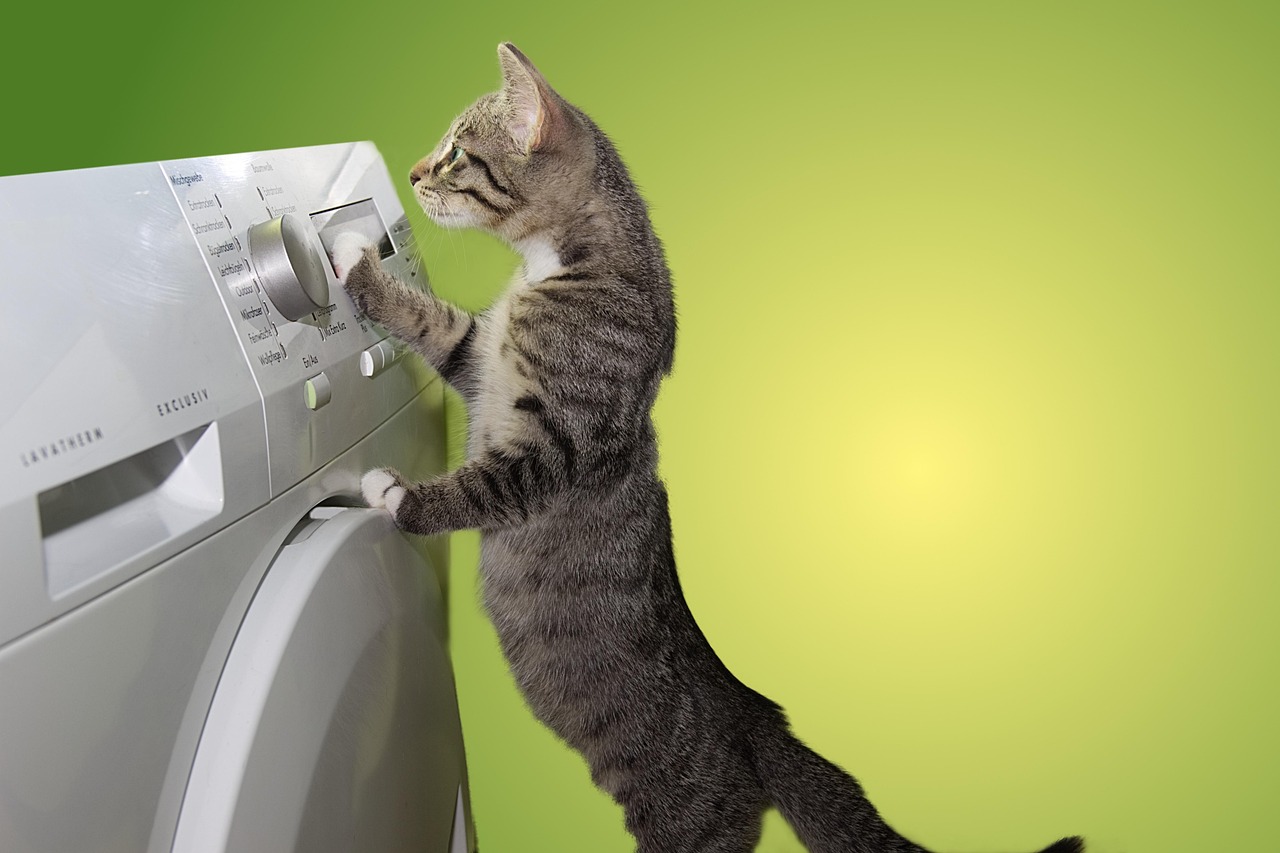A clothes dryer only needs one complete cycle to remove all moisture from your laundry. Of course, some cycles are longer than others, depending on the moisture content inside. But if it takes several cycles to dry the same load, you’ve got a problem.
When a dryer takes several cycles to dry your clothes, it’s because hot air can’t flow through the appliance and out of your building smoothly. Airflow restrictions are caused by an overloaded dryer, dirty lint trap, obstructed exhaust tubing, or an external vent flap stuck closed.
Keep reading to discover why these problems happen and how you can correct them as soon as possible.
When you find that your dryer takes more than one cycle to dry completely, the overall cause is this: hot air isn’t flowing smoothly through your dryer and out the back.
Here are the most likely reasons that are happening in your dryer and how you can resolve them quickly:
Overloaded Dryer
What it is: All dryers have a limited capacity. That means you can only fit a maximum number of items inside if you want the appliance to dry them thoroughly.
The best way to find out your dryer model’s maximum capacity is to refer to the user manual. The manufacturer would have included information in there, as well as guidance on how to best load your dryer.
Don’t worry if you don’t have your user manual, though. You can rely on the general rule of thumb of loading your dryer up to two-thirds (2/3) of its maximum capacity.
That way, your clothes have enough room to tumble naturally and get exposed to the hot air that will remove moisture from the fabric.
What happened: The first possibility that your dryer takes several cycles to dry your clothes is that the appliance is overloaded.
When there are too many items inside the dryer’s drum, the items cannot tumble freely. That prevents hot air from flowing smoothly through the drum.
As a result, the dryer fails to remove all the moisture in one cycle and must go through a few cycles to get the job done.
How to correct it: You can solve this issue by dividing your dryer loads into smaller bunches. Follow any recommendations the dryer manufacturer provides you, or keep your dryer loads to 2/3 of the machine’s maximum capacity.
Dirty Lint Trap
What it is: Wherever hot air flows, dirt, and debris will follow. When it comes to driers, that also includes lint which consists of fibers from your laundry items.
That’s why all dryers come with built-in lint traps. The traps remove lint and other impurities from the air to prevent them from clogging up your dryer exhaust tubing and any other components where air flows through and out of your dryer.
What happened: Lint traps can become dirty very quickly. When that happens, lint, dirt, and debris will build up on the lint trap and prevent air from passing through smoothly.
That restricted airflow will trap heat and moisture inside your dryer drum.
Since little or no moisture can flow out of the dryer, your clothes will remain wet until you run them through several dryer cycles.
How to correct it: You can fix this problem by cleaning your lint trap thoroughly. The lint trap in a dryer is removable, allowing you to take it outside and dispose of the lint quickly.
The problem is also preventable. Ideally, you should clean the lint trap each time you use your dryer.
At the very least, you should clean the lint trap once every few days.
Obstructed Exhaust Tubing
What it is: At this point, it should be clear that a dryer’s proper functioning depends on smooth airflow. The dryer’s hot air begins its journey by flowing through the dryer and your wet clothes inside.
Then, the air exits the dryer and flows outside the building toward the atmosphere.
The exhaust tubing is what carries the hot air that exits your dryer and helps its flow straight outside the building. Typically, that exhaust tubing is flexible, allowing you to arrange it as needed.
What happened: Smooth airflow will also become restricted when the exhaust tubing is obstructed.
Firstly, the obstruction could be physical. For example, flexible exhaust tubing gets pinched, kinked, or squeezed between the dryer and the wall behind it.
Besides that, the obstruction could also be internal. Lint, dirt, and debris that makes it past the lint trap (mentioned earlier) will get stuck inside the exhaust tubing.
How to correct it: Thankfully, dryer exhaust tubing is detachable. So you can remove it to clean away any internal obstructions.
You can also prevent physical obstructions by ensuring the tubing is kept as straight as possible without any kinks or folds.






